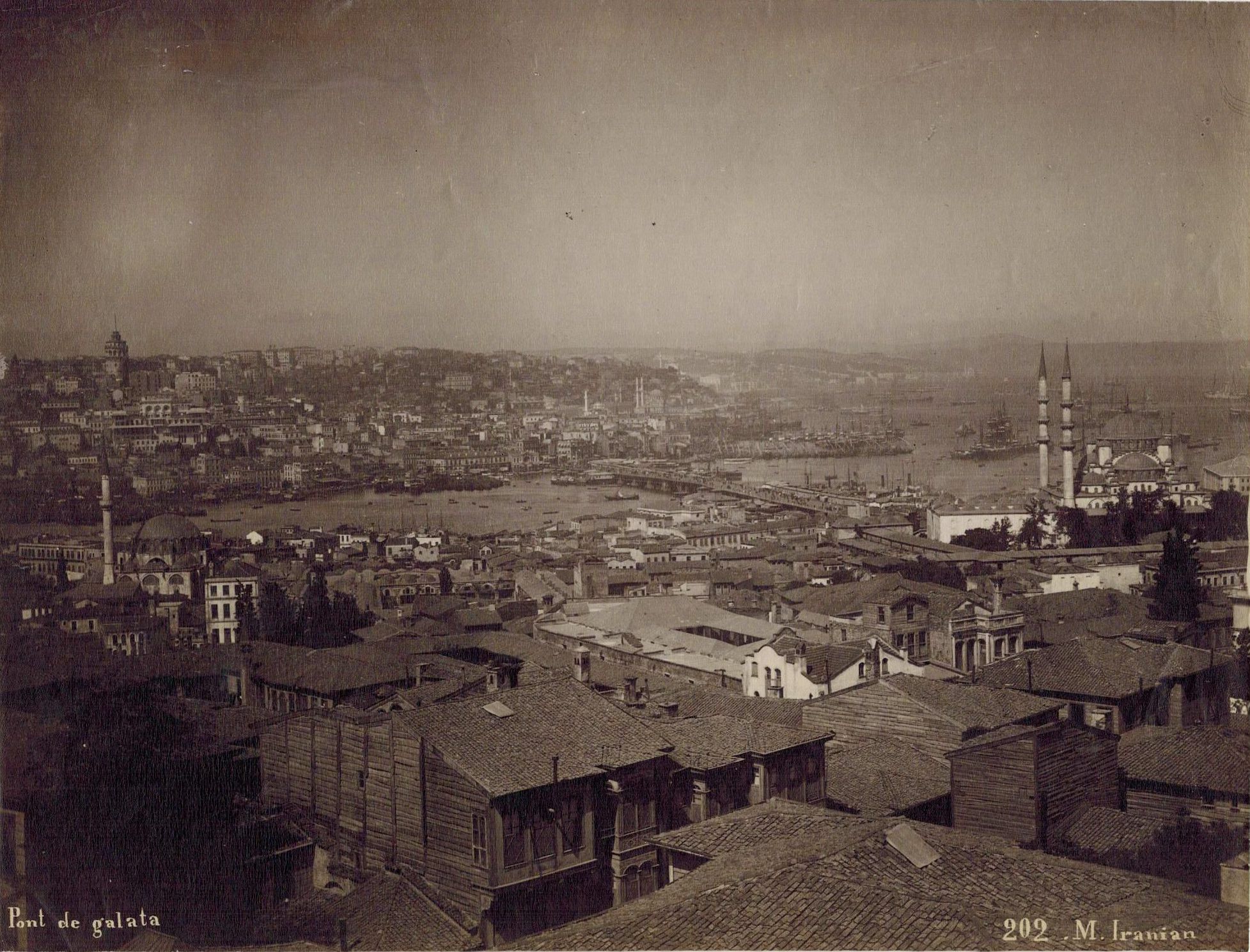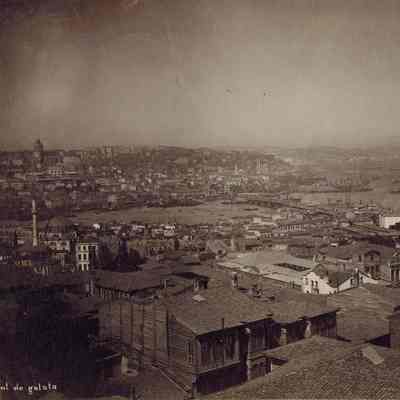Photograph #2

Name/Title
Photograph #2Description
Details about Mihran Iranian’s life and career are scarce. However, it is known that he established his studio in 1891 in the Pera district of Constantinople—the center of Armenian cultural and political life. In 1895, he entered into a partnership with another photographer, Gugasyan. By the early 1900s, his business appears to have wound down, as images bearing his studio’s signature no longer exhibit characteristics of the new century. Among the major Armenian photography studios in Istanbul, Iranian’s photographs are the rarest, with fewer than 300 known to have survived. Iranian’s primary subject was the city of Constantinople—its picturesque landscapes, architectural heritage, and the artisans and workers who populated its streets. Using the latest photography techniques, which allowed for rapid exposures, he captured the city’s energy and movement with remarkable clarity. His images, teeming with life, stand out for their immediacy and documentary authenticity, distinguishing them from those of his contemporaries. Photographers such as Sebah & Joaillier and Guillaume Berggren typically aimed for perfectly composed, meticulously detailed images—the hallmarks of a successful commercial studio. In contrast, Iranian’s street views embrace photographic ‘ruptures’—blurred figures in motion, spontaneous glances, and unposed subjects—giving his work the raw, dynamic quality of snapshots. More than technical precision, Iranian excelled at capturing atmosphere. His photographs document Constantinople on the cusp of rapid transformation, preserving the fading charm of its ancient streets and quarters. Much like Atget’s Parisian street photography, Iranian’s images evoke a nostalgia for the present—a world vanishing before his eyes. In his studio, clients could choose from a wide array of costumes and props, allowing them to embody long-gone ethnic or street types and momentarily step into history. This melancholic, almost romantic approach to photography may have contributed to Iranian’s lack of commercial success. As modernity captivated the public imagination, the subtle, wistful quality of his images fell out of favor. Yet, despite his limited legacy, Iranian holds a unique place in the history of Near Eastern photography. He was one of the rare Ottoman photographers with an individual, subjective vision—one that deserves proper recognition.Photograph Details
Subject Place
* Untyped Subject Place
ConstantinopleCategory
Photographs
